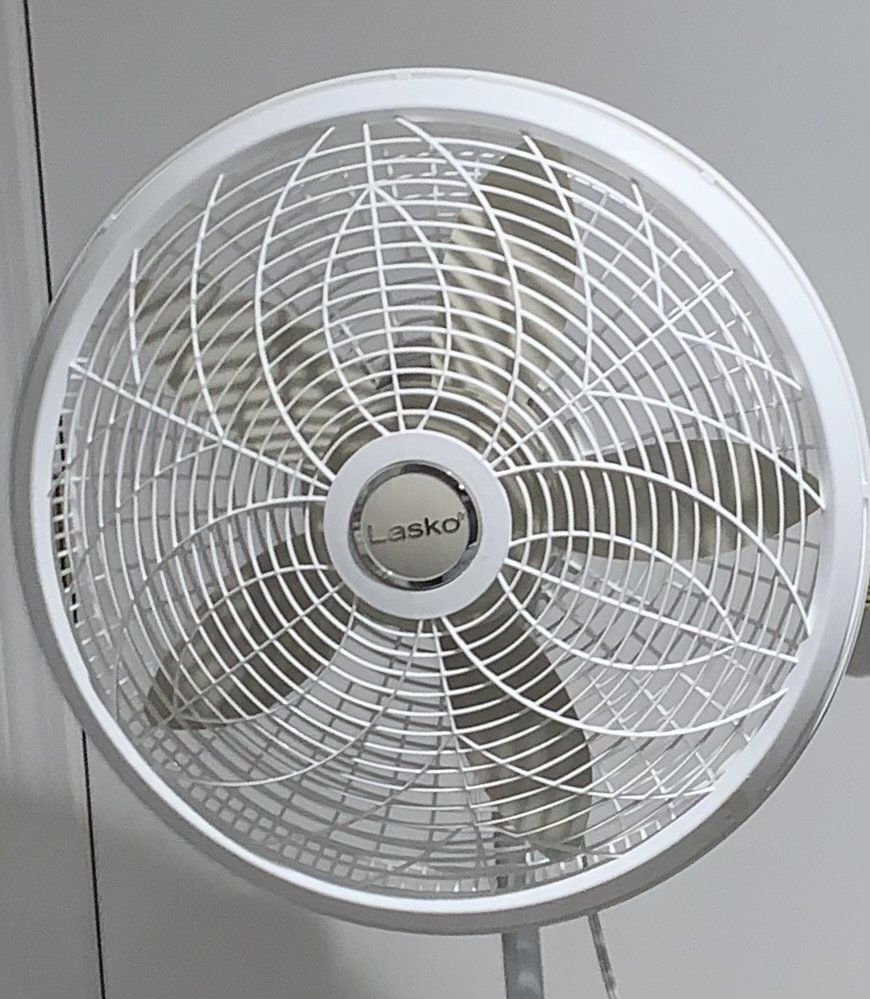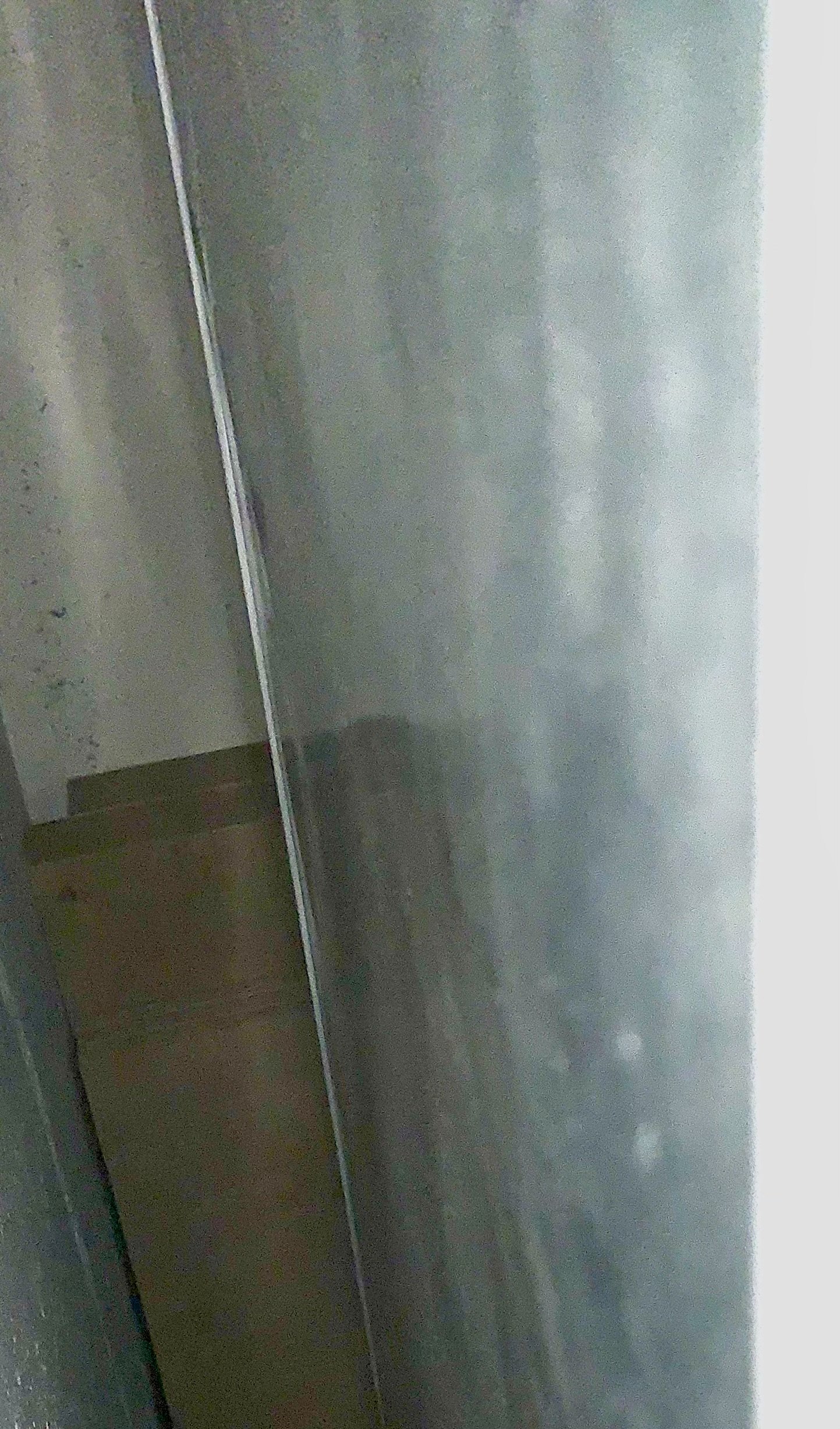Reducing Summertime Utility Costs and Energy Use.
Using a fan near an open window, especially across from another open window, can act as an inexpensive way to ventilate a room when indoor temperatures become greater than outdoor temperatures.
As Summer heatwaves continue to affect significant portions of the Western Hemisphere and energy prices remain high, opportunities to lower energy use in ways that reduce costs and are environmentally beneficial have taken on new urgency.
Common sources of high energy use during the summer season, such as air conditioning and dehumidifiers, are substantial contributors to high electricity use and can be reduced by using several strategies to reduce indoor temperatures. These include lowering shades during the afternoon to trim sun exposure, running humidifiers before using air conditioning, opening windows situated across a room when humidity is low, creating natural ventilation; on days with low wind speeds, a fan located between the windows can serve the same function. If windows are situated near the ceiling, leaving these windows open exclusively will ensure the warmer air, which rises over cool air, will escape, reducing temperatures further. Box fans can accentuate this effect or could be reversed, sending air into a room through a window when temperatures drop below those indoors, such as during the evening or early morning. If a heat wave or elevated temperatures and humidity is forecast, attempt to cool the interior beforehand while using techniques such as reducing sun exposure or exposure to humid outdoor air when the heatwave arrives.
Electricity use from lights can also be reduced, especially during longer Summer months, where more extended periods of daylight can be utilized to reduce costs. Checking any lights running on automatic timers to ensure lights are not on before sunset and after sunrise can reduce costs without effecting any current routines. More intrusive yet still effective solutions to reduce electricity consumption, such as running appliances and charging anything battery operated at night, when electricity prices generally cost less, are also effective, especially if major appliances, such as dishwashers and washing machines, are not especially energy efficient. Longstanding environmental measures such as running washing machines with full loads, centralizing oven use, and minimizing refrigerator trips will also help reduce energy use by less efficient appliances. Baking several items in the oven at once, including by staggering a meal that may only require a short cooking period with a food requiring a longer period, reduces the number of times the oven must be brought back to temperature. Items from the refrigerator can be removed in single trips, rather than multiple trips, keeping more cold air inside.
Keeping a fixed width between a wall and a regularly dusted refrigerator can reduce the energy required to circulate warm air away; using an object, such as a board, can keep the refrigerator a fixed distance from the wall.
In sum, these individual strategies and routines can help in noticeably lower energy use while avoiding expensive purchases and other trade offs. While many cannot afford more comprehensive means of countering extreme heat, such as central air conditioning or new thermally efficient windows, more accessible and immediate solutions also provide environmental benefits. Mitigating he effects of severe heat is possible without large purchases or considerable use of electricity.

